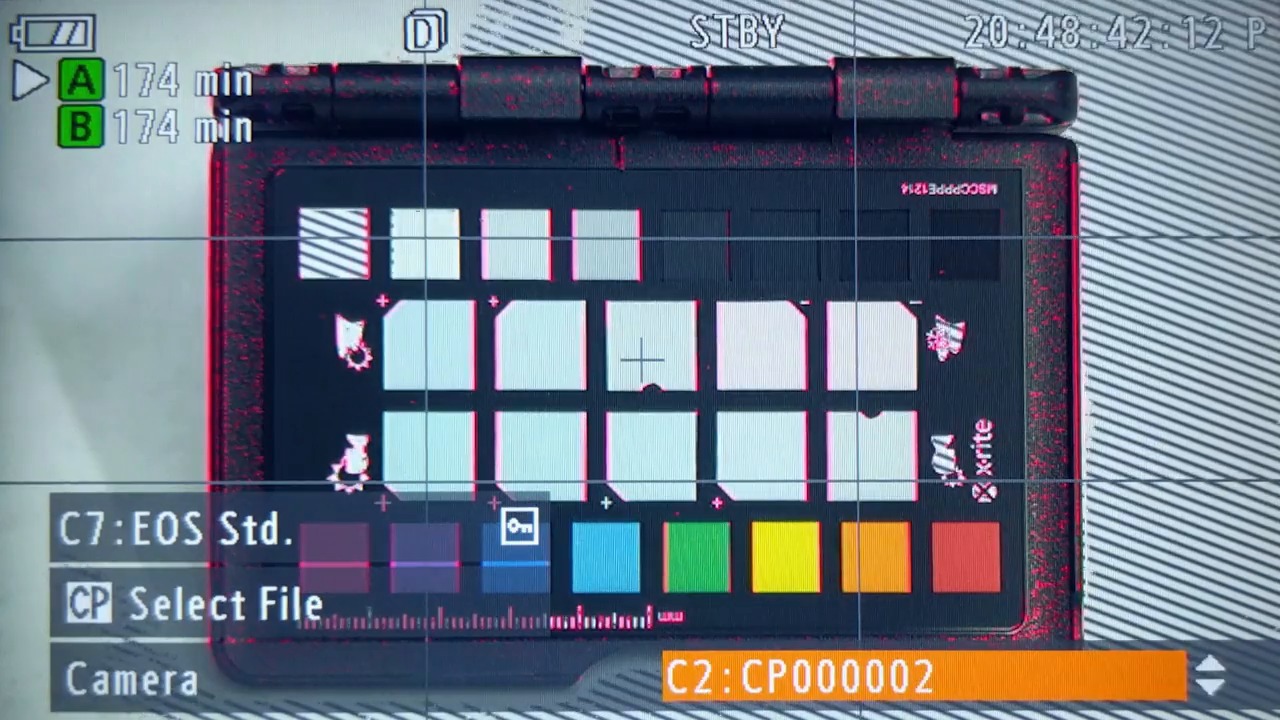

It’s all about the order in which you perform these adjustments, not necessarily which software you are using to make them.īefore you start coloring your footage, you need to balance your shots to fix any glaring issues with regards to white balance, exposure, contrast or any other technical parameter.


I by no means created this approach, just like I didn’t create the notion of a three act structure – but I still find both immensely helpful in guiding my work in the right direction within each respective area of the craft.įor the purpose of this article, I am going to include a few frame grabs from DaVinci Resolve, as it’s the color software I prefer to work in (and arguably the best color grading software in existence today), but these general principles can be applied no matter what software you are using. When I color grade any project, regardless of the style, look, genre, or format – I always adhere to the general strategy outlined below, and in fact just about every professional colorist working today follows a similar flow.

Color correction is no different, yet many filmmakers or amateur colorists who don’t yet have their bearings go about things in the wrong way, and in the end their work suffers. Just like when editing a movie, an assembly cut needs to be created before fine tuning a picture lock. When writing a feature length script, you need an outline before a first draft of the screenplay. Like any other part of the filmmaking process, color correction is best approached by following a general set of guidelines that allow you move through the process as effortlessly and efficiently as possible. That said, if you are set on color grading your own projects, or are simply a colorist starting out, one of the most important things you need to tackle is the order of operations with which you approach your color process. In many cases, I would advise against coloring your own work unless like myself, you also work as a dedicated colorist. With color grading software like DaVinci Resolve and Adobe Speedgrade being readily available to just about anyone with access to the internet, it’s no surprise that more and more filmmakers are attempting to color their own footage.


 0 kommentar(er)
0 kommentar(er)
